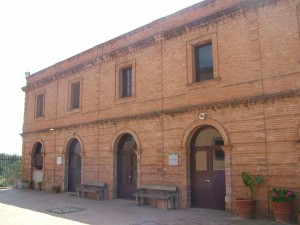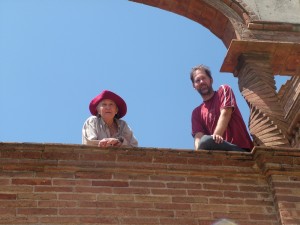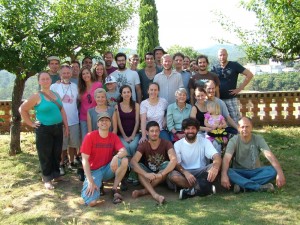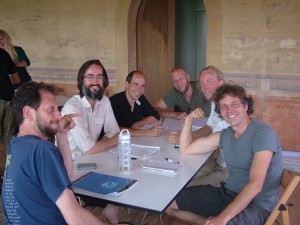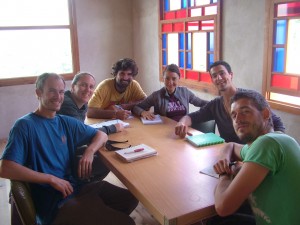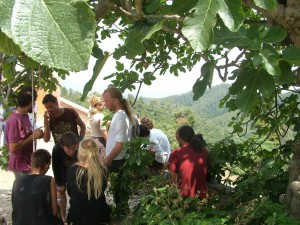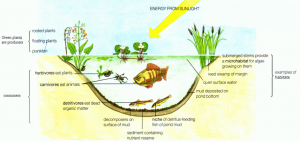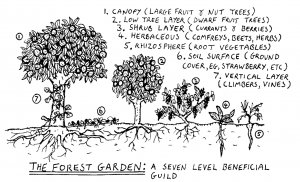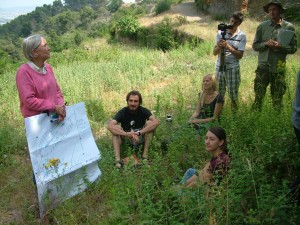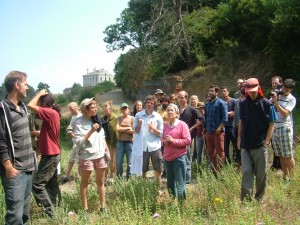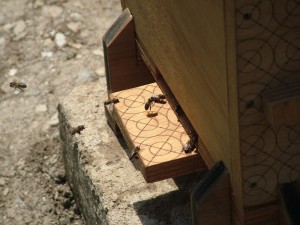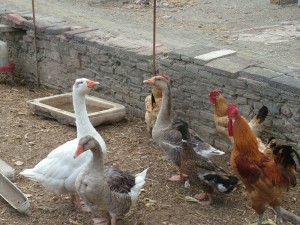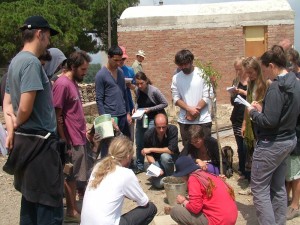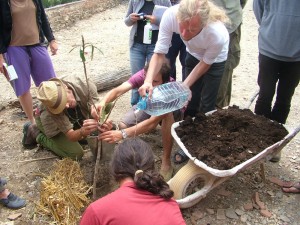After the PDC, we were invited by the Collserola Park Authority to Can Coll Environmental Education Centre, an old 15th-century farmhouse.
Can Coll fosters links between the park and schools, covering infant (3-6 years), primary (6-12) and secondary (12-16) education. The centre also organises programmes aimed at education science students and working teachers. Special schools also receive preferential treatment, with programmes designed specifically for them.
There we were welcomed by Joan Vilamú, and some new students joined the group for three days of design and implementation.
The first day Joan introduced us to the site and the educational aims of the centre. After a walk we split in 5 different groups to work on our site analysis. We tried to identify the major problems affecting Can Coll, such as erosion, lack of shade and soil degradation.

The second day Rosemary showed us different examples of Permacultural Educational Centres around the world to inspire us. After that she went on explaining various techniques to manage water in dry climates and prevent erosion. Then each group put together a design proposal trying to solve the problems detected the day before and enhance the learning experience of the kids.
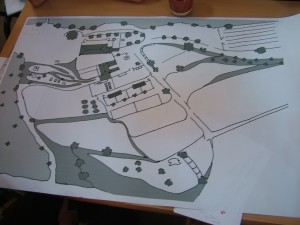
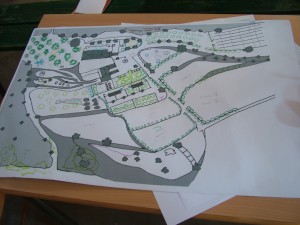
The last day we discussed the implementation of the design proposals, trying to prioritize the most important points. After that, we took another walk with Rosemary around Can Coll to see how to do the different techniques on site. To finish, we took some group pictures and received wonderful gifts from Joan: a bottle of wine bottled in Can Coll and a book containing all the walking paths in Collserola Park.
Thanks to all the students, to Rosemary, Alfred and the Collserola Park and all the IaaC staff that has made this PDC & Practicum possible!

